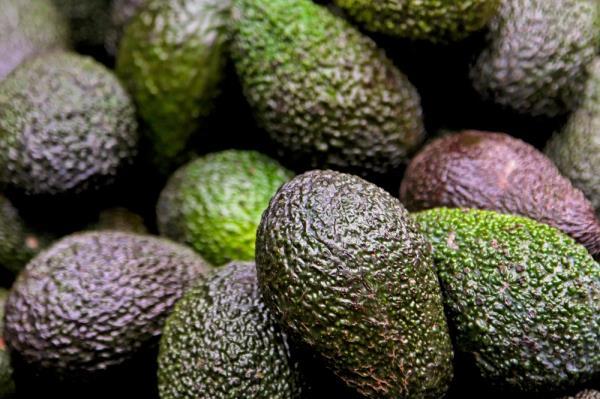Mexican avocado production to rise in 2024
Mexico
Sunday 12 May 2024
VU
In 2023, Mexico exported 1.4 million tonnes of avocados, an increase of 17% over the previous year, when exports totalled 1.2 million tonnes (photo: donaguacato.com).
The avocado sector in Mexico has experienced sustained growth in the last five years. The United States Department of Agriculture (USDA) points out that this increase is due both to the strong demand from international markets and to the increase in local consumption. In the period between 2014 and 2023, the production of this Mexican fruit increased by almost 75%, reaching 2.65 million tonnes and positioning Mexico as the world leader in the production of this fruit.
In 2023, Mexico exported 1.4 million tonnes of avocados, which represents an increase of 17% over the previous year, when exports totalled 1.2 million tonnes. Although exports are expected to increase further in 2024, the value of exports decreased by 12% in 2023 due to the appreciation of the Mexican peso against the US dollar. In addition, local producers reported lower prices due to smaller fruit size, a situation they attribute to adverse weather conditions, including high temperatures and drought, particularly in northern Michoacán.
The United States remains the main market for Mexican avocados, absorbing 81% of exports, valued at $2.7 billion in 2023. Other important destinations include Canada, Japan and Spain. Outside the US, Peru emerges as Mexico's main competitor in the international market.
Projection for 2024
According to data from the Government of Mexico (GOM), avocado production is projected to increase by 5% annually in 2024, reaching 2.77 million tonnes. Mexico's Sistema de Información Agroalimentaria y Pesquera (SIAP) reported that production in 2023 was 2.65 million tonnes, up 4% from the previous year.
This increase is attributed to growing demand from the United States and other international markets, as well as rising domestic consumption. Favourable growing conditions, including a warm, sub-humid climate and well-drained soils, along with a shift to higher value crops such as avocado, have supported this growth.
fuente: usda.gov, simfruit.cl





